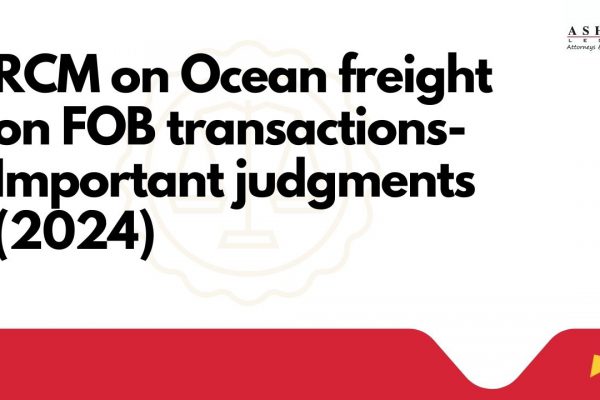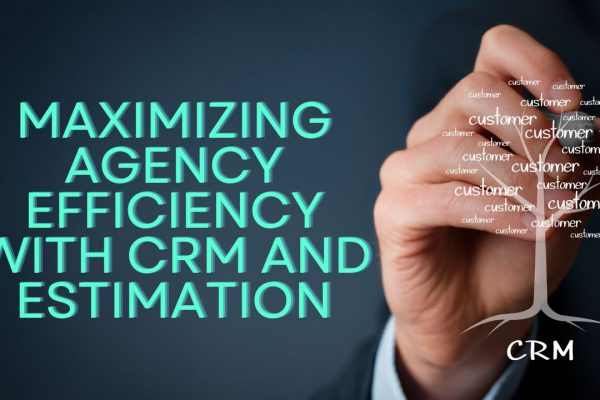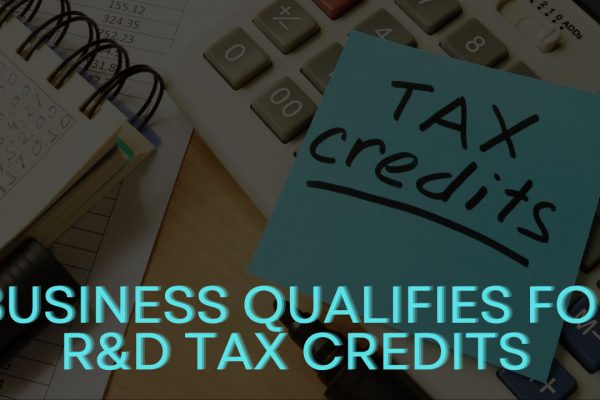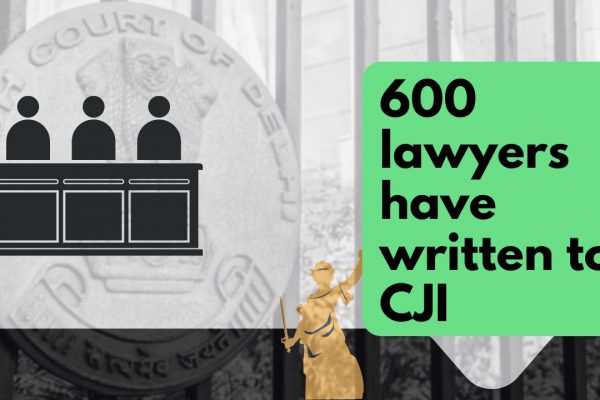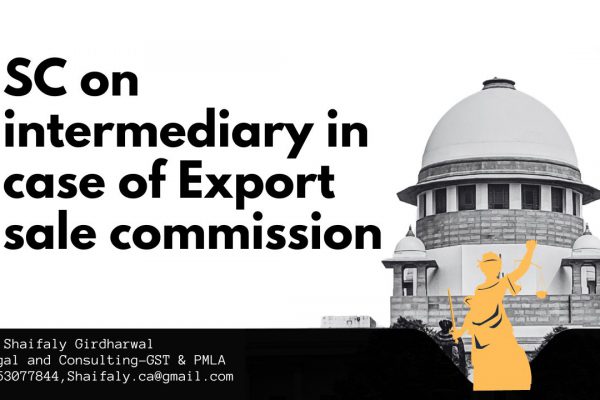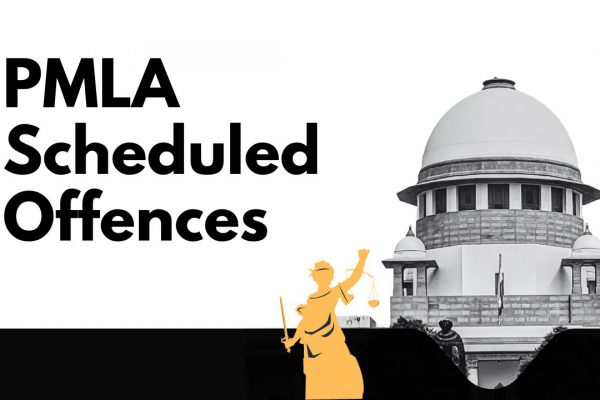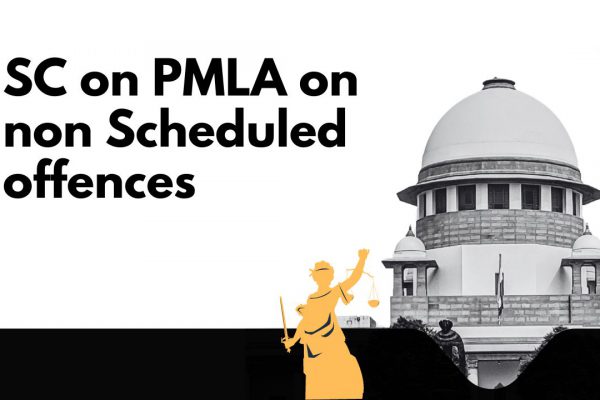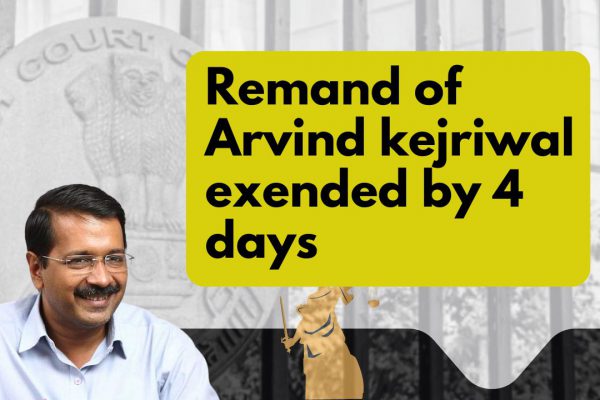GST credit reversal on unsold flats after CC
GST credit reversal on unsold flats after CC:
This note intends to discuss the scheme of credit reversal under rule 42 with respect of constructed buildings after obtaining completion certificate. According to provision contained in 5(b) of the Schedule II of the CGST Act, 2017, construction of a complex, building, civil structure or a part thereof, including a complex or building intended for sale to a buyer, wholly or partly, except where the entire consideration has been received after issuance of completion certificate, where required, by the competent authority or after its first occupation, whichever is earlier, is considered as supply of service. This means that the constructed buildings after obtaining completion certificate are not leviable to GST.
It is worth noting that section 17(3) providing the value of exempt supply states that the value of exempt supply under section 17(2) shall include supplies on which the recipient is liable to pay tax on reverse charge basis, transactions in securities, sale of land and, subject to clause (b) of paragraph 5 of Schedule II, sale of building. Thus, it becomes clear that sale of constructed building after obtaining completion certificate will be considered as exempt supply and will attract the credit reversal mechanism as given in rule 42 of the CGST rules.
Related Topic:
GST Update on credit reversal of flats sold
But as they say, it’s easier said than done. The real estate sector is itself a complicated sector and so are the laws applicable on them. To understand the GST implication, we have to first understand a few things. Whenever a developer starts building a complex, his motive prima facie is to sell all the flats to buyers. Thus he assumes that all the flats will be sold before completion thereby making them taxable supplies. Now because he is making all taxable supplies, he is eligible to avail all the credit and utilize the same in the payment of output tax. In cases where entire consideration is received after completion certificate is obtained, no GST is payable and it is termed as exempt supply under section 17(3).
Related Topic:
Reversal of Input Tax related to Unsold Inventory on the Date of Completion Certificate or First Occupation
The problem arises when such flats on which credit was availed are not sold until completion certificate is obtained making them exempt supplies under GST. It is worth noting that all the ITC used in making these flats have already been availed and utilized for payment of output GST. Section 17(2) stipulates that Where the goods or services or both are used by the registered person partly for effecting taxable supplies including zero-rated supplies under this Act or under the Integrated Goods and Services Tax Act and partly for effecting exempt supplies under the said Acts, the amount of credit shall be restricted to so much of the input tax as is attributable to the said taxable supplies including zero-rated supplies.
This section restricts the credit which has been used in the supply of fully exempt supplies or partial credit where it has been used both in taxable as well as exempt supplies. Thus the intention of the law is to restrict such credit which is used in provision of exempt supplies. Going by the notion it can be said that credit used in the supply of flats after completion certificate should be reversed in full because no GST will be payable on that. But the mechanism provided under rule 42 does not support this notion. According to the provision of Rule 42, the common cenvat credit is calculated as follows:-
(a) the total input tax involved on inputs and input services in a tax period, be denoted as ‘T’;
(b) the amount of input tax, out of ‘T’, attributable to inputs and input services intended to be used exclusively for the purposes other than business, be denoted as ‘T1’;
(c) the amount of input tax, out of ‘T’, attributable to inputs and input services intended to be used exclusively for effecting exempt supplies, be denoted as ‘T2’;
(d) the amount of input tax, out of ‘T’, in respect of inputs and input services on which credit is not available under sub-section (5) of section 17, be denoted as ‘T3’;
(e) the amount of input tax credit credited to the electronic credit ledger of registered person, be denoted as ‘C1’ and calculated as C1 = T- (T1+T2+T3);
(f) the amount of input tax credit attributable to inputs and input services intended to be used exclusively for effecting supplies other than exempted but including zero rated supplies, be denoted as ‘T4’;
(h) input tax credit left after attribution of input tax credit under clause (g) shall be called common credit, be denoted as ‘C2’ and calculated as-
C2 = C1- T4;
(i) the amount of input tax credit attributable towards exempt supplies, be denoted as ‘D1’ and calculated as-
D1= (E÷F) × C2
where,
‘E’ is the aggregate value of exempt supplies during the tax period, and
Related Topic:
Input Tax Credit Reversal on Discount Received
‘F’ is the total turnover in the State of the registered person during the tax period:
As per the mechanism provided above, the input to be considered for the purpose of reversal is that of the month in which such completed flats are sold. It does not consider the credit which has actually been used in the construction of unsold flats. This is for the reason that as per the formula, ‘E’ is the aggregate value of exempt supplies during the period on actual basis. Consequently, the common credit C2 will be the credit that is being availed for the constructed flats sold after obtaining of completion certificate. Suppose, a developer is constructing complex of 100 flats wherein 70 flats were sold before obtaining the completion certificate and 30 flats were sold after obtaining completion certificate. In such a scenario, GST is payable only on 70 flats and as per law the credit should be availed only with respect to 70 flats.
However, at the time of availing credit, it is not known that how many flats will be sold after obtaining completion certificate. Consequently, the developer avails the entire credit. Furthermore, if the provisions contained in Rule 42 are minutely observed, it is found that the phrase “intended to be used” is of immense importance.
Since, the builder/developer intends to sell 100 flats before obtaining completion certificate, the builder is entitled to avail credit for entire 100 flats at the outset. It is only after obtaining completion certificate that the point of credit reversal will come into picture. In our example, if suppose, the construction of complex commenced on 01.04.2015 and the completion certificate was obtained on 01.03.2018, the credit availed upto 28.02.2018 require no reversal while the credit availed post 01.03.2018 would require compliance of Rule 42 of the CGST Rules, 2017. Now, the point is that the builder is not at all required to reverse the credit already availed on 30 flats prior to 01.03.2018 and only the credit availed post 01.03.2018 would be subject to Rule 42. Looking practically at the situation, if flats are sold after completion then most likely the credit pertaining to such flats in the month of sale will be very meager.
Related Topic:
Facing Block Credit Under GST Rule 86A & Notices for GSTR 2A & 3B Mismatch
Thus even if unintentionally, the law has provided for a mechanism which allows the reversal of credit on exempt supplies, there is no need to reverse the credit already availed on 30 flats upto 01.03.2018 which are sold after obtaining the completion certificate. The Cenvat credit available after completion of flats will be very less as the flats are already completed and proportionate reversal of this amount will be very low comparing to total credit availed earlier by builder which included material for unsold flats. Hence, in reality, there will be small amount of credit reversal by the builder for sale of constructed flats post completion certificate.
If you already have a premium membership, Sign In.



